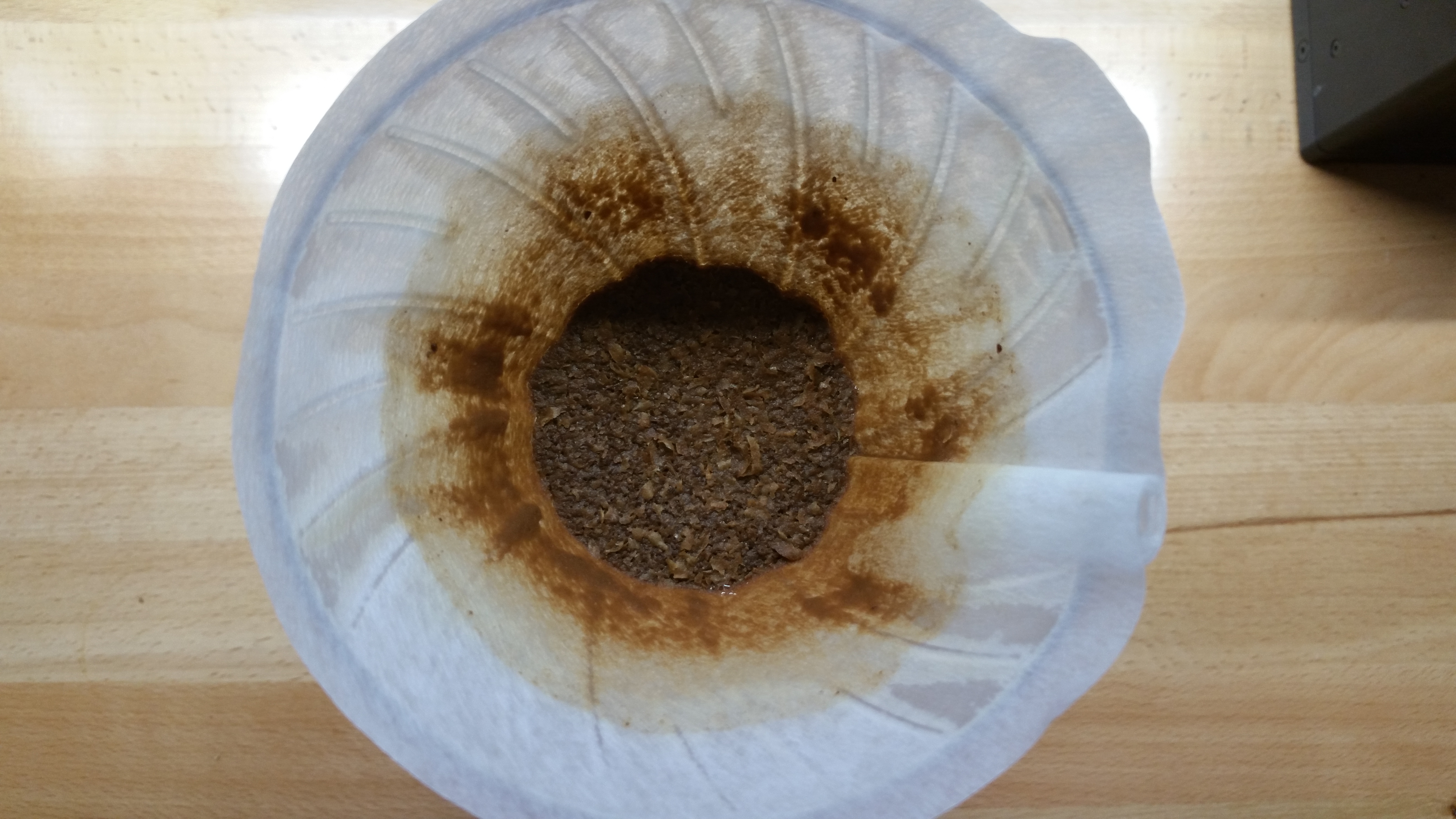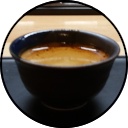
We think a lot about how what’s in our cup and how it effects our experience. But what about what never makes it to our cup?
Retained Liquid
The liquid remaining in the slurry took part in the extraction process. Just because it got held back by surface tension and/or whatever other forces doesn’t mean it wasn’t contributing until the coffee left. The flavor profile of your cup depends on both the compounds in the cup, and what the slurry was like in that last moment before the brew ended.
Think about a French Press that just finished brewing. If you pour half of it into your cup instead of the whole thing, that doesn’t mean you’ve extracted less. And neither does leaving the water that you can’t get out as the coffee retains it.
This is why we include the total water in immersion equations and not just the beverage mass.
But really, it applies to percolation too. We conveniently pretend the last drops come out with no or almost no dissolved solids in our math, but that isn’t how it works. That last drop still has something, and there’s more like it held back. For a more accurate picture, we should be including the slurry in our math, worked in with another measurement of the last few drops. Jonathan Gagné explains it more in depth, and gives a universal equation, in this post. If you want to try it out, I threw together a calculator that can use this approach (or the standard equation, if you zero out the slurry TDS). You’ll need to measure two samples, TDS of your brew and TDS of the last few drops to leave.
Note that, while I believe it to be more correct, I don’t personally report percolation brews with this equation as it’s less comparable to other people. Sometimes it’s more important to be comparable than to be right. Until industry standards change, my reported extractions are a simple \(\frac{TDS*Brew\; Mass}{Dose}\). Also note that calculating your extraction higher doesn’t change your real extraction. It’s just that with this method 18%, 20%, 22%, etc mean different things than they do with the standard method.
Undissolved Solubles
Extraction yield is a measure of how much of a coffee’s soluble content we took, based on what it had to offer. When we say “20% extraction yield” we mean that 20% of the mass of the dry coffee ended up in our brew, only counting the soluble components. This is out of a hypothetical max of 30%-35% or so, since not 100% of the coffee is soluble in water.
Low extractions taste sour because we leave behind compounds that can balance out those elements of coffee and make it better. A high extraction but not overextracted coffee doesn’t taste bitter because we leave behind compounds that would make it worse.
What stays in the slurry hasn’t directly influenced our cup like with the retained liquid, but not having it effects the cup in ways beyond just not having more of what we do have. There’s a quality gradient to extraction, and the proportion of what you took to what you didn’t determines if your cup is over or under extracted. That’s why dose is a part of the extraction equation, you can’t know what effect the compounds in your cup will have without knowing the potential.
Oils and Sediment
The oils and sediment that stay in the coffee have essentially no effect on what we drink other than just not raising the total level. Oils and sediment aren’t dissolved bit by bit and are simply transported as-is from the dry coffee to the drink.
There’s no extraction gradient like there is for soluble compounds, so you can’t over or under extract oils or sediment. Only what made it to your cup matters, fully independently from how much the coffee had to offer.
Your cup being made of X% oil or Y% sediment absolutely matters. But getting X% of oil or Y% of sediment out of the coffee bed does not. You can know the full effect these things have without knowing the dose.
Conclusions
We can’t know everything about the coffee in our cup without knowing what never made it there. The compounds that stayed in the coffee and the parts of the liquid that get retained by the bed are important to what we experience. So next time you’re enjoying a cup of coffee, give a little thanks to what you left behind.
